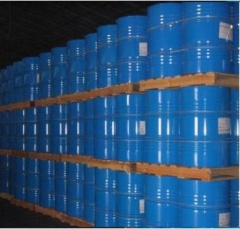Heptane
| Infobox on Heptane | |
|---|---|
| Example of Heptane |  |
| Facts | |
| Origin | - |
| Stowage factor (in m3/t) | - |
| Humidity / moisture | - |
| Ventilation | - |
| Risk factors | See text |
Heptane
Contents
Description / Application
Hessian, or burlap in the US and Canada, is a woven fabric usually made from skin of the jute plant or sisal fibres, or may be combined with other vegetable fibres to make rope, nets, and similar products. Gunny cloth is similar.
Hessian, a dense woven fabric, has been historically produced as a coarse fabric, but more recently it is being used in a refined state known simply as jute as an ecofriendly material for bags, rugs, and other products.
The name "burlap" appears to be of unknown origin. The name "hessian" is attributed to the use of the fabric, initially, as part of the uniform of soldiers from the German state of Hesse who were called "Hessians."
Hessian is often used to make sacks and bags to ship goods like coffee beans; these can be described as gunny sacks. It is breathable and thus resists condensation and associated spoilage of the contents. It is also durable enough to withstand rough handling in transit; these properties have also led to its use for temporary protection as wet covering to prevent rapid moisture loss in setting of cement and concrete by the construction industry. Hessian is also commonly used for making sandbags, empty hessian sacks that, when filled with sand, are used for flood mitigation when building temporary embankments against floodwaters or field fortifications. Hessian was traditionally used as backing for linoleum, rugs and carpet.
Hessian cloths are used extensively for various purposes, ranging from commodities packaging to home décor. Due to natural bio-degradable feature, end users prefer to use hessian cloth over synthetic substitutes. Hessian cloths are finer in quality and are lighter in weight compared to the sacking cloth. Hessian cloths are quite popular in packing cotton, wool.











